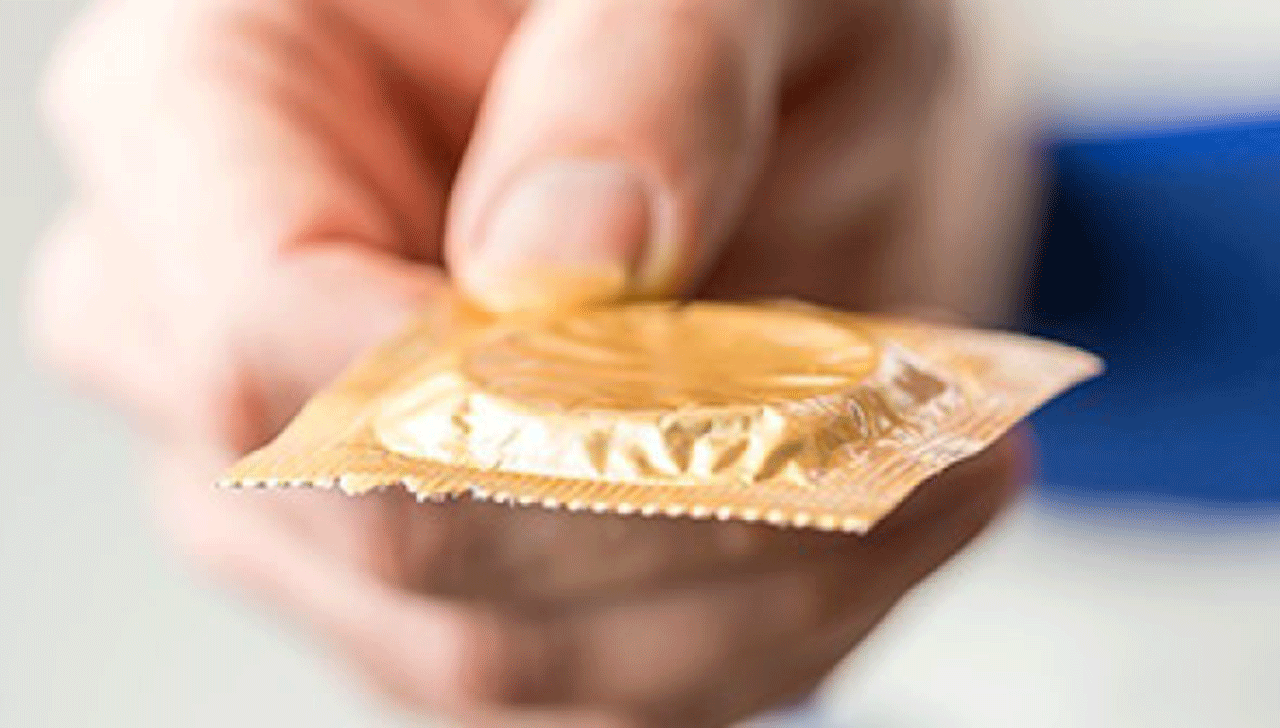Did you know that April is also STD Awareness Month? It’s time to focus on spreading the word about sexually transmitted diseases (STDs), their impact, and the importance of preventing, testing for, and treating these infections.
Today, STD rates continue to surge with over 20 million new sexually transmitted infection (STI) cases in the U.S. each year which, including those with existing infection, total an estimated 110 million STIs among Americans. According to the Centers for Disease Control and Prevention (CDC), New York ranked 9th, 21st and 6th among all states in 2017 for the total number of diagnoses of chlamydia, gonorrhea, and primary and secondary syphilis, and 28th for diagnoses of congenital syphilis. Moreover, reports for diagnoses of chlamydia and gonorrhea increased for the fourth year in a row.
One of the main contributors to STD growth is the false assumptions and misconceptions about STDs. That is why it is important to know the facts.
Did you know?
- If you are sexually active, you can lower your risk of STDs by using a latex condom from start to finish every time you have sex.
- Almost all STDs that can be spread via condomless vaginal sex can also be spread through oral and anal sex without a condom.
- Many STDs don’t cause any symptoms, so the only way to know for sure is to get tested.
- Even if you use birth control, they do not protect against STDs and HIV.
- The most reliable way to avoid STDs is to not have unprotected vaginal, anal, or oral sex.
You should know that all STDs, even HIV, is treatable, and most are curable. The sooner you get tested, the sooner you can take action to protect your health and the health of your partner(s).
So how do you get tested? On the NYC Clinics page, you can get more info on how to get low- to no-cost tests and services for STIs. Consult your healthcare provider to determine the right tests for you, but keep these tips in mind based on your age and sexual activity:
- All adults and adolescents from ages 13-64 should be tested at least once for HIV.
- All sexually active women younger than 25 years should be tested for gonorrhea and chlamydia every year. Women 25 years and older with risk factors such as new or multiple sex partners or a sex partner who has an STD should also be tested for gonorrhea and chlamydia every year.
- All pregnant women should be tested for syphilis, HIV, and hepatitis B starting early in pregnancy.
- All sexually active gay and bisexual men should be tested at least once a year for syphilis, chlamydia, and gonorrhea. Those who have multiple or anonymous partners should be tested more frequently for STDs (i.e., at 3- to 6- month intervals)
This STD Awareness Month talk openly and honestly to your partner(s) and your doctor or healthcare provider about sexual health and STDs. And remember, it’s important to work together with our families and communities to be sexually healthy and fight against STDs.

